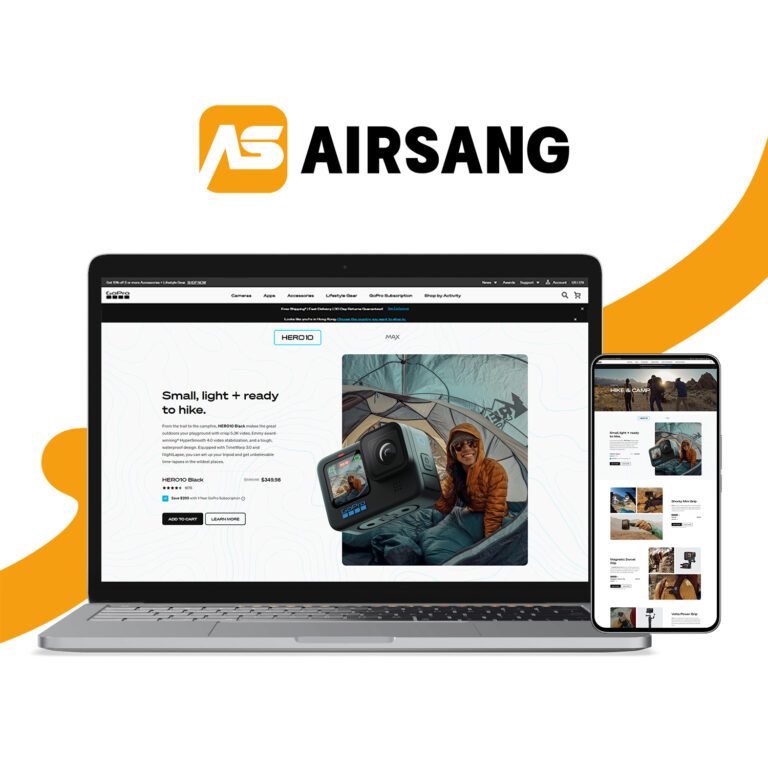Drupal vs WordPress: What’s Better for You

Choosing between Drupal and WordPress can shape your website’s design, functionality, and long-term growth. Both platforms are powerful, but their strengths serve different needs. This guide compares them so you can decide which fits your vision best.
Understanding Drupal vs WordPress

What is WordPress?
WordPress is the most widely used content management system (CMS) in the world, known for its user-friendly interface, extensive plugin ecosystem, and design flexibility. It’s ideal for businesses seeking quick setup, easy content updates, and beautiful, responsive designs without steep learning curves.
What is Drupal?
Drupal is a robust, highly customizable CMS favored by enterprises, government agencies, and organizations needing complex data structures and advanced content workflows. It’s less beginner-friendly but offers unmatched scalability and granular control over user permissions.
Comparing Drupal vs WordPress in Key Areas

1. Ease of Use
- WordPress: Designed with usability in mind, making it perfect for non-technical users. Its intuitive dashboard allows content creation and design changes with minimal training.
- Drupal: Requires more technical expertise to set up and maintain, often necessitating a development team for even basic customizations.
2. Design Flexibility
- WordPress: Boasts thousands of themes and page builders like Elementor, enabling visually appealing layouts quickly.
- Drupal: Provides high flexibility in design but relies heavily on custom coding and developer involvement to achieve unique layouts.
3. Security
- WordPress: Secure when maintained properly with regular updates, security plugins, and best practices.
- Drupal: Known for strong built-in security, making it a top choice for government and enterprise sites.
4. Scalability and Performance
- WordPress: Scales well for small to medium businesses and can handle large sites with proper optimization.
- Drupal: Designed for high-traffic, complex sites with multiple content types and advanced workflows.
How Website Design Fits into the Choice
WordPress for Brand-Driven Websites
If your goal is a visually captivating site that communicates your brand story effectively, WordPress offers more accessible design tools. You can create immersive experiences that blend aesthetics with conversion-focused layouts.
Drupal for Complex, Data-Heavy Projects
For projects requiring intricate user roles, advanced content organization, and complex integrations, Drupal is often the better fit. However, it demands more design planning to ensure the interface remains user-friendly.
Our Perspective on Drupal vs WordPress
From a design standpoint, WordPress often delivers faster time-to-market, easier collaboration between designers and content teams. Drupal shines when the project scope demands extreme customization and data control, though the design process is often more resource-intensive.
Conclusion
Both Drupal and WordPress are excellent platforms—but the right choice depends on your priorities for usability, scalability, and design flexibility. For businesses seeking a balance between stunning visuals and functional efficiency, WordPress often provides the optimal path forward.
If you’re ready to bring your website vision to life with a WordPress design that converts, AIRSANG DESIGN is here to help.
















